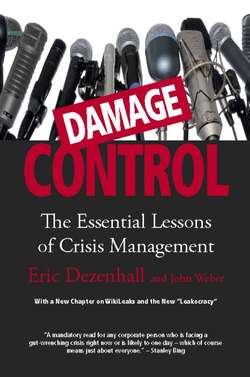Читать книгу Damage Control (Revised & Updated) - Eric Dezenhall - Страница 14
На сайте Литреса книга снята с продажи.
SAVING GRACE
ОглавлениеA key factor that contributed to Tylenol’s recovery was the introduction, within weeks of the murders, of tamper-evident packaging, which just happened to be in the J&J pipeline. This action—something the public could see and feel—convinced anxious consumers, regulators, and the media that J&J was doing something big to address the safety issue. The packaging itself was merchandized to the public through a huge advertising campaign, which defused anxiety about the tampering.
In 1986, however, a woman was killed in New York by a cyanide-laced Tylenol capsule, and more tampered capsules were pulled from the shelves in nearby stores. This incident begged a fundamental question: Was Tylenol’s problem with the packaging or with the construction of the product itself? Capsules can be pulled apart, used as receptacles for foreign material, and then discreetly resealed.
Shortly after the 1986 New York murder, former J&J chairman Burke conceded that he regretted his decision not to abandon the capsule in 1982 when he’d had the chance. This admission (which probably didn’t please J&J’s attorneys) gives another glimpse into the thinking of the kind of leadership that solves problems. Burke didn’t spin or word his reflection in legalese; he simply answered, “Yes, indeed I am,” when asked if he was sorry for reintroducing the capsule format.
J&J is deservedly praised for having the triple-sealed packaging in its pipeline in 1982, but it was not a panacea. Nor is it reasonable to expect that every company under attack will have a handy new technology in its hip pocket.
